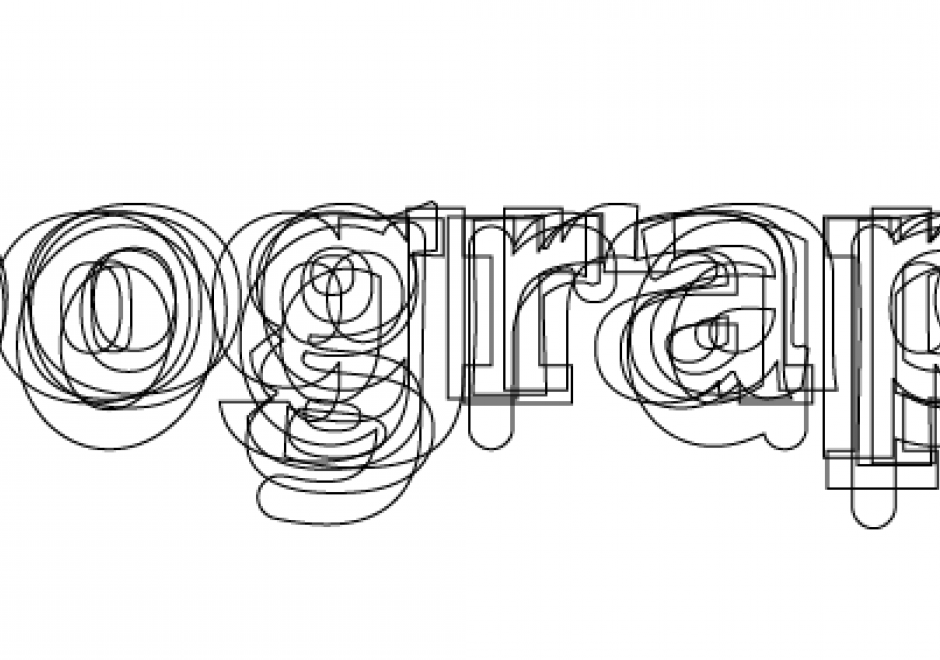DM-12 - The spaghetti model

- Identify a widely-used example of the spaghetti model (e.g., AutoCAD DWF, ESRI shapefile)
- Write a program to read and write a vector data file using a common published format
- Explain the conditions under which the spaghetti model is useful
- Explain how the spaghetti data model embodies an object-based view of the world
- Describe how geometric primitives are implemented in the spaghetti model as independent objects without topology


DM-07 - The raster model